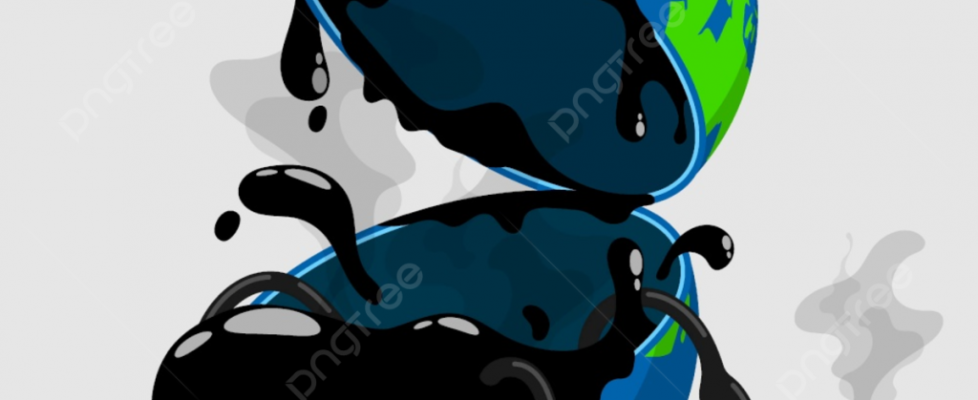PLANET: How can we encourage consumers to reduce waste?
Every stage of the supply chain, which covers ‘all the processes, organisations and individuals involved in turning raw materials into finished products and delivering them to customers,’ (www.condenast.com, n.d.) relies heavily on Earth’s limited resources. Recent research revealed that synthetic fibre production for textiles currently consumes a whopping 1.35% of the world’s total oil supply (Changing Markets Foundation, 2021). This figure is particularly concerning when contrasted with the fact that 95% of clothing can be recycled, but only 1% actually is. Given the fashion industry’s significant role in oil consumption, how can we encourage consumers to reduce their reliance on products that use this precious resource?
One promising solution is to embrace the concept of a circular economy as an alternative to the current linear ‘make, take, and waste’ model. In simple terms, a circular economy repurposes waste as a resource for regeneration, giving garments a second life. An example of this approach comes from Napapijri, which creates entire jackets from a single, easily recyclable polymer. They offer a 20% discount to incentivize customers to recycle their old jackets, which they can do by bringing them back to the store. By using this form of classical conditioning, consumers gradually link recycling with financial benefits. This approach works well for premium brands like Napapijri, where higher prices limit the number of products people normally buy. However, the same strategy could backfire for lower-cost, fast-fashion brands by encouraging overconsumption. It’s important to note that a study found an increase in the use and disposal of paper towels in public restrooms when a recycling bin was introduced (Catlin and Wang, 2012). Many consumers are already aware of fast fashion’s negative impact, which could make this method an ethical reassurance for their choices.
The fashion industry’s reliance on finite resources is related to the principles of SDG (sustainable development goal) 12, ‘Responsible Consumption and Production.’ SDG 12 calls for a change in how we create and utilize resources, including the clothes that we wear. The number of clothes with the potential to be upcycled or recycled yet are sent to landfill highlights the pressing need for responsible resource utilisation, which is central to SDG 12. We need to rethink the way we view textile waste and shift our thought processes toward sustainable production and consumption. While solutions that work for upscale brands may not work in fast fashion, the overarching goal is to cause a ripple effect of eco-consciousness across the industry. Introducing these practices could go on to cultivate a collective mindset where responsible consumerism doesn’t require thought but is an inherent practice.
Reference List
Catlin, J.R. and Wang, Y. (2012). Recycling Gone Bad: When the Option to Recycle Increases Resource Consumption. [online] Social Science Research Network. Available at: https://papers.ssrn.com/sol3/papers.cfm?abstract_id=2056047 [Accessed 4 Oct. 2023].
Changing Markets Foundation (2021). Fossil Fashion. [online] Available at: https://changingmarkets.org/wp-content/uploads/2021/01/FOSSIL-FASHION_Web-compressed.pdf.
www.condenast.com. (n.d.). Condé Nast. [online] Available at: https://www.condenast.com/glossary/social-cultural-and-economic-impacts-of-fashion/supply-chain [Accessed 7 Oct. 2023].
